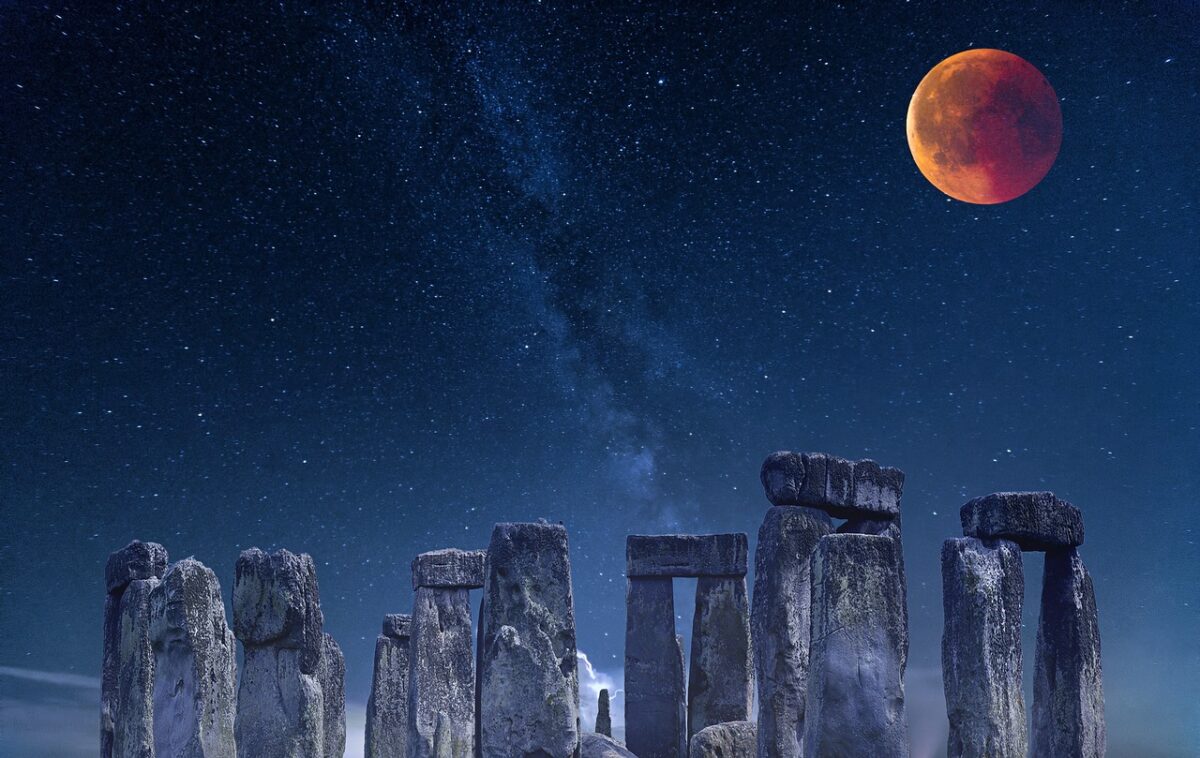I have mixed feelings about the eclipse. It’s a spectacular phenomenon to witness, more so because it happens so infrequently. From a physics point of view however, it’s not much different then when you are watching a movie in a theater and an incredible Hulk comes in and sits in the seat right in front of you blocking your view. In contrast, when the Shoemaker-Levy 9 comet collided with Jupiter, it was spectacular not just in the visual sense but also very rich in its scientific content.
Don’t get me wrong. Total solar eclipse is a spectacular event and had I not been geographically disadvantaged, I would not have missed it for anything. However, there is one thing I would not have done. I would not have taken pictures of the eclipse.
Let me rephrase that. Maybe I would have taken a few pictures just for the memory of the experience. But I would be well aware that these images are just like millions of others. They lack originality.
Every day NASA is presenting us with such exquisite images that we have lost the ability to really get surprised or enthralled. Few years back, one image of the surface of Mars would make us swoon. Today, it’s just routine. Ditto for the Monkey Head Nebula, M83 and NGC 4258 galaxies, Saturn’s rings, Jupiter’s satellites, the Large Magellanic Cloud, the Tarantula Nebula, the supernova explosion SN 2014J in the galaxy M82 – you know what, I could just go on listing the spectacular images for the rest of the article and there would still be tons left. And all these have just become routine.
This is a solid proof of the groundbreaking work in science communication that NASA has done over the decades. And it’s what Elon Musk is doing for the space flight. The regular launches of the SpaceX and returning of the Falcon 9 rockets is slowly becoming a normal thing, so much so that one often forgets the tremendous amount of hard work that goes on behind the scenes. I go and watch Apollo 13 from time to time just to remind myself of the incredible complexity of a space flight.
Coming back to the solar eclipse, what chance does your image of a solar eclipse have against this spectacular onslaught? Moreover, there is not much difference between images of eclipse taken from different parts of the world. Sure, there will be some change in colour depending on the conditions but essentially, it will just be a bright blob getting eaten by a dark one. Spectacular, but not original.
So, can you take an image during an eclipse, one that is different from all the other images? The answer is yes.
You see, if you want to take a memorable image during the eclipse, don’t focus on the Sun. That’s where everyone else is looking.
Focus on the surroundings.
I had a chance to witness a total solar eclipse once. I saw it through the protected shades but my brain did not store the image of the blocked Sun for this memory. Or maybe it did and later on it was overwritten by the 8790998657 images that I saw on the Internets. No, the memory of the eclipse that has stayed with me is far more unique and much more beautiful.
It was very bright in the beginning – imagine the scorching Indian Sun with no clouds. And gradually, the quality of the light began to change. It grew dim, as if it’s evening or dusk and then the darkness fell, all just in matter of seconds or maybe a minute. This transition from absolute bright to absolute dark has stayed with me all along.
Maybe it’s because I am naturally drawn towards images that show interplay of light. For instance, one of my favourite moments in a Spielberg movie is when he shoots the setting sun in a long shot, with dark shadows of men against the background of the bright star. You see it when the men are digging – in Raiders of the Lost Ark for treasure or in Saving Private Ryan to bury their fellow soldier. Unfortunately, these type of scenes have become rarer in today’s CGI world. Isn’t it ironic that Spielberg, one of the forefathers of CGI along with James Cameron, never really went back to it in a big way after Jurassic Park? He made Lincoln instead, which again has fantastic interplay of light and shadows.
You will see that the images of eclipse that stand out are those taken against some background. A mountain range or a plane crossing the Sun. That’s what I want to see. How does the light change in different landscapes – mountains, rivers, monuments? How do the animals behave? What do birds do when it suddenly becomes dark?
There is so much to record if you are not focused on the Sun.
One of my favourite videos of the solar eclipse 2017 was taken at the Nashville zoo. The flamingos were going about their business as usual when the darkness fell. They huddled together, thinking it was night. As it grew bright again, they slowly came out of the huddle to start the day anew.
We need many more videos like this.


